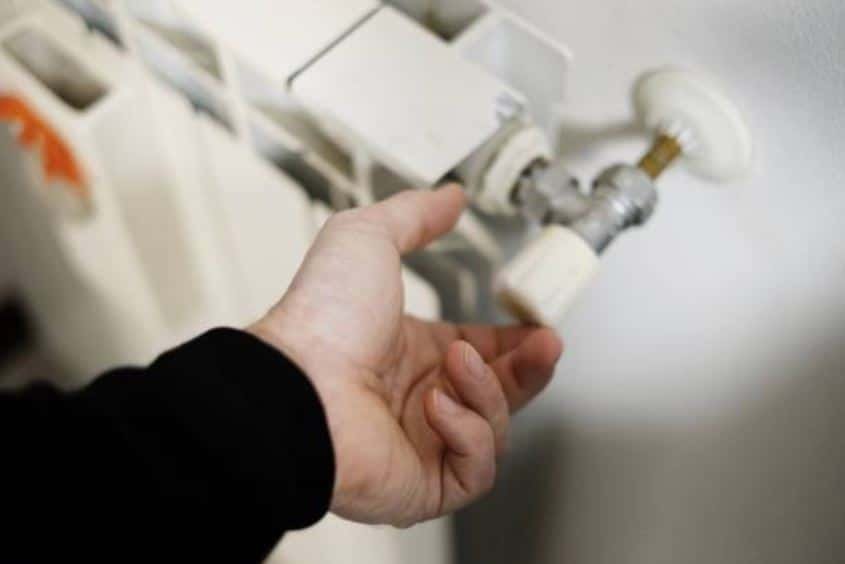Home Improvement
Different Types of Water Heaters

Water heaters are used to ensure your household always has access to hot water when necessary, and come in various models to suit any household’s requirements.
Most homes use traditional tank-style water heaters powered by electricity, gas or oil that contain a storage tank where hotter water rises to the top. For extra data, read the full post here.
Tank-Style Water Heaters
These traditional models use natural gas, propane or electricity to heat water for storage in their tank until needed. With multiple sizes to choose from and an ideal design that’s ideally suited for households of three to five people or more.
Tank-style water heaters typically hold 30-50 gallons of hot water. They’re commonly installed in utility closets, garages or basements and take up considerable floor space, being able to generate serious water damage.
Professional inspection and maintenance should be provided for these water heaters, particularly an anode rod – which acts as an anticorrosive element and protects the interior lining of the tank – should be replaced annually to prevent it from wearing out early. Likewise, tank-style water heaters may become filled with sediment over time which reduces efficiency and shortens their lifespan, so your technician should drain and flush these units to restore their performance.
Tank-less Water Heaters
Tankless units differ from traditional tank heaters by providing hot water on demand without incurring energy losses associated with storage tanks. They operate using natural gas, electricity or propane and may be an ideal choice for households that consume a great deal of hot water.
The Stiebel Tempra 36 Plus is an indoor electric unit that auto-regulates its energy consumption throughout the day, supplying up to three fixtures at the same time with 7.5 GPM while remaining virtually silent. According to Miles, its actual GPM may differ depending on what temperature rise is needed in order to raise water temperatures, something each model’s specifications outline.
Tankless units require less maintenance than their tank counterparts, but still need routine work such as flushing to remove hard-water deposits. While flushing can be completed at home, if new venting or drain lines need installing it is recommended that it is done professionally. They can be controlled using Wi-Fi and smartphone app control and output temperature can be altered by increments of 1degF.
Electric Water Heaters
Electric water heaters use heating elements that are submerged within a tank to heat water, making it the perfect choice if your home already has access to an electrical connection near where it will be placed, with more sizes than gas tanks available and usually coming with warranties and an easy-access anode rod to reduce corrosion and prolong their lifespan.
If energy costs are of concern, an electric model with a higher energy factor could be your ideal solution. This means it consumes less power than traditional heaters and results in reduced electricity bills.
Electric water heaters may rely on electricity, meaning that they won’t function during an extended power outage. If your location is susceptible to extended outages, considering switching to a gas water heater as an alternate means of heat could provide peace of mind during periods when electricity doesn’t function as planned.
Gas Water Heaters
If you reside in an area with access to clean, low-cost electricity, an electric water heater could be an ideal choice. Not only does this type of heater save on costs and maintain an eco-friendly option by not using nonrenewable fossil fuels for its energy source, it’s also better for the planet!
Gas water heaters use combustible energy sources that pose both health risks and environmental concerns if improperly vented and maintained. They may also be more expensive upfront.
Besides the long pipes supplying cold water and short tubes directing hot water around your home, look out for two additional pipes at the top of your tank: a pressure relief valve and a temperature dispensing pipe. These are designed to minimize overheating risks as well as carbon monoxide build-up from leaks; typically black but may also come in copper finishes.
-

 Social Media2 months ago
Social Media2 months agoWhat the “67” TikTok Meme Really Means
-

 Tech2 months ago
Tech2 months agoWhat To Do When Your Business Faces Network Vulnerabilities
-

 Self Improvement2 months ago
Self Improvement2 months agoUsing BCBS Rehab to Access Quality Addiction Care
-

 Games2 months ago
Games2 months agoPusoy Strategies for Play That Also Work in Pusoy Dos in English






